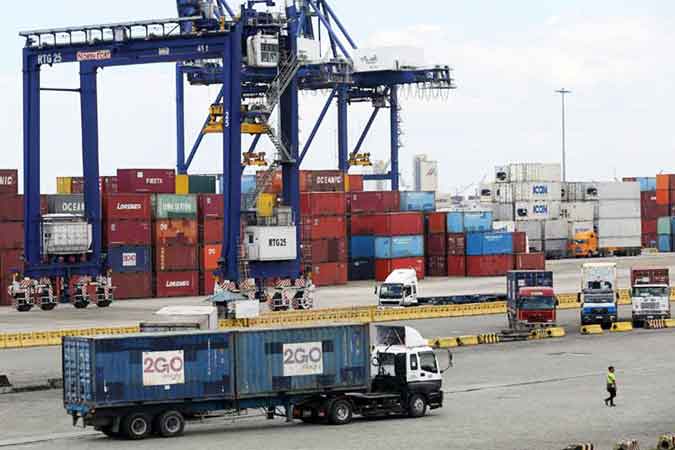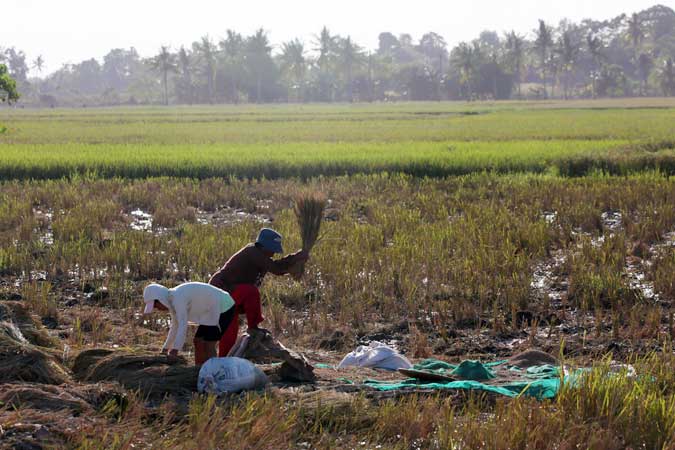Latest issues of BusinessWorld In-Depth focus on the Top 200 Consolidated Corporations in the Philippines and the local start-ups and MSMEs
After the groundbreaking BusinessWorld Virtual Economic Forum, which was held on Nov. 25 to 26, 2020, BusinessWorld In-Depth, BusinessWorld’s on-demand digital magazine, launches its two latest issues.
The fourth issue of BusinessWorld In-Depth, with the theme “Navigating the Now Normal”, features the Top 200 Consolidated Corporations in the Philippines. It is a special edition of BusinessWorld’s Top 1000 Corporations in the Philippines that contains the top 200 consolidated corporations based on consolidated audited financial statements.
This issue also includes six feature stories: profile and summary performance of the top 200 and the outlook of these firms for the succeeding year; outlook on the Philippine economy based on latest projections by financial institutions; the world’s search for a vaccine and what the global economy needs to do while waiting for said vaccine; the current conditions in the workplace and what firms must do to manage the workforce in the so-called “new normal”; and stories about the future of consumption.
Meanwhile, the fifth issue of BusinessWorld In-Depth banners the theme “Starting Up and Again: How the Country’s MSMEs and Startups are Bouncing Back from the COVID-19 Crisis”. It features the Philippine small businesses and startups’ stories of hardships and resilience during the COVID-19 pandemic, and gives hope for a brighter future for this important sector.
Stories in this issue cover the Philippines MSMEs’ initial response to the effects of the community quarantine in March; the impact of the COVID-19 pandemic to the Philippine startup businesses as revealed by the results of the PwC Philippines’ survey done in April; valuable insights straight from respected entrepreneurs and startup owners about how they were able to rise above the challenges brought by the COVID-19 crisis; key takeaways from the “Rethinking Small Business Strategy and Support Post-COVID-19” webinar series, organized by Asian Institute of Management Rizalino S. Navarro Policy Center for Competitiveness and the Konrad-Adenauer-Stiftung Philippines Office in October; and the Philippine startup sector powering up the new normal and the Philippine Startup Week happening this November, with an interview with Rene “Butch” Meily, president of QBO Innovation Hub.
The first three issues of BusinessWorld In-Depth featured BusinessWorld’s 1st Quarter and 2nd Quarter Banking Report, and the “COVID-19 and Work-from-Home Tales”.
To get copies of these BusinessWorld In-Depth issues, click this link https://bit.ly/33xTzM9 or contact 8535-9901 local 217 and 250.




 “We continue to see the Asia Pacific Region and China to have very strong policies that are enabling speedy recovery but ultimately it will require a coordinated approach and the reality is no one country can do it on its own,” she said.
“We continue to see the Asia Pacific Region and China to have very strong policies that are enabling speedy recovery but ultimately it will require a coordinated approach and the reality is no one country can do it on its own,” she said.